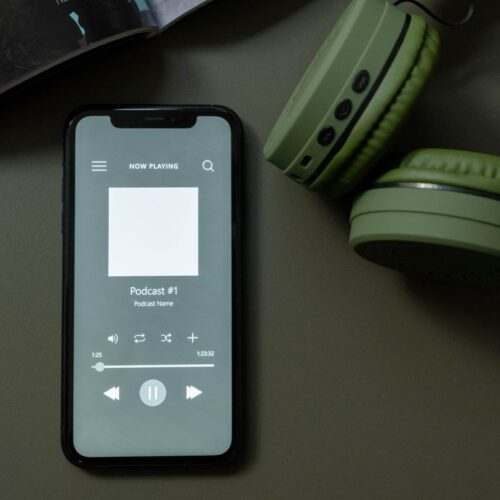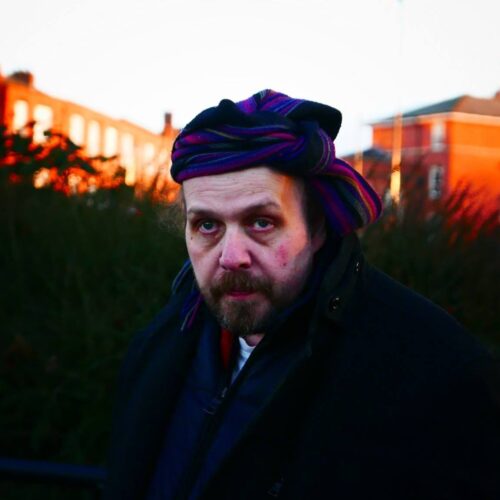
Improvising Mozart …
The harpsichordist George Malcolm once told me how he had been given a stern rebuke by a world famous maestro for filling out the continuo line whilst performing JS Bach’s St Matthew Passion. The gist of the complaint was that if ‘Herr Bach’ had wanted additional notes, he would have written them in the score. It’s a way of thinking that seems hopelessly ill-informed now, with the benefit of insights from the historically informed performance movement.

But American musicologist Robert Levin poses a similar question about performance of Mozart. At his Visiting Professorship at Cambridge University at the end of October, one of his lecture recitals had the controversial title ‘Improvising Mozart’. He cited several well attested examples of Mozart embellishing the recapitulation section in keyboard sonatas and improvising cadenzas in concertos; and then went on to illustrate how these techniques could be applied in performance today. This gives rise to a fascinating dilemma: is it preferable to play the published versions of these works ‘straight’, or to take a risk by attempting to recreate the spirit of the time?
The answer is not self evident. If you perform the score as traditionally presented, you can be almost certain that this is not how Mozart would have performed it. However, at least the notes you play would have been derived from contemporary sources (and in many cases from Mozart’s own manuscripts); moreover they would have been reaffirmed subsequently by more than two hundred years of performing tradition. On the other hand, if you embellish repeats – or improvise a bravura passage at an appropriate cadence – you can be almost certain you are closer to the spirit of Mozart’s playing. However, in so doing you may actually have departed so far from Mozart’s intentions that the performance becomes quixotic and self indulgent.
It’s clear which conclusion the overwhelming majority of modern performers opt for: nor should this be a surprise. The art of improvisation is not one championed much by modern classical players – with the exception of church organists, perhaps. In this respect, the scene is very different today from that of the late baroque and early classical periods. There is irrefutable evidence of Bach’s and Beethoven’s excellence in this field, for example, quite apart from Mozart’s.
Added to which, as Professor Levin pointed out, improvisation was not a completely ‘free’ form in the sense that, say, some modern jazz performances can lay claim to being; there were conventions and rules and these varied, depending on the precise period, form, instrument, and context. Thus any modern performers who seek to take such risks need first to immerse themselves in the performance practice of the time (in so far as contemporary sources enable us to establish and internalise the ‘rules’). This is a challenging and time consuming task – an assertion I can certainly confirm, having grappled with CPE Bach’s tome on the True Art of Playing Keyboard Instruments!
However, getting back to Robert Levin, he demonstrated his willingness to take such a risk by inviting the audience to suggest three different excerpts from Mozart works and then improvising ‘live’ a free fantasy based on those themes. Here is a video which records what actually happened. One of the suggestions (made by an academic from the university music faculty …) was the first few bars from the Dissonance Quartet, thereby introducing a yet more chromatic and ‘other worldly’ element.
Whatever we make of the improvisation itself, it does illustrate what can be achieved – albeit by a musicologist with virtuosic keyboard skills and a risk taking disposition! But the question remains: should we play safe and accept we are missing out a key creative element; or take a risk, knowing we might be getting closer – but could equally be failing spectacularly?






As an organist I am rather surprised that at least in the classical field improvisation is a largely forgotten art which is a great pity. As a Grade 8 organist in a parish church I used to improvise on the first hymn as the choir processed in and ending on a final cadence in the correct key as the last chorister bowed to the alter. I frequently also had to either extend pieces to, as we say in the trade “cover the action” or truncate pieces by improvising in the style of the composer and finishing on an appropriate final cadence. I also had to improvise on Summertime at a wedding when accompanying a saxophonist.
If you want to hear really exceptional improvisation by organists in the classical tradition then go to any cathedral for Evensong – the singing will be world class too or by one of David Briggs’s CDs. He is probably one of the worlds best improvisers. You might also listen to Wendy Carlos’s Andante from Brandenburg no 3. Dazzling exploitation of the capabilities of the then primitive Moog synthesiser and totally convincing. Its a million miles away from what Bach himself would have done (but listen to the harmonisation of the chorale Es ist genug to see what the old master could do – amazing to think it was written before 1750 and is implanted in the Berg Violin Concerto seamlessly.) My overall feeling is that one should stay faithful to the spirit of a piece when improvising but not be afraid to depart from pure pastiche.
Then of course there is Mozart’s Piano Concerto No 26 in D major. Saw that performed by Murray Perahia and the Academy of St Martin in the Fields last week at a concert in Cambridge. Mozart didn’t actually finish the left hand part – the programme says “Mozart, as the original performer, could expand on the incomplete material in the score where the left hand notes are largely absent ….. modern soloists now face the thrilling task of recreating the mater’s original intentions”. Adds a bit of a challenge to people performing it nowadays!
I am of the opinion that the essence of being an artist in any medium is to be willing to “take a risk, knowing we might[…]be failing spectacularly?” It is those risks that can potentially produce the best work. Failure is always an option!
I agree with Peter’s comment above, the risk factor can create those magical moments. There is also a good deal of scholarly work to help today’s performer in this task not least Badura-Skoda’s book ‘Interpreting Mozart’.
It is important to keep in mind just how important improvisation is in some compositions, to just leave out something that would be expect to be played just because it doesn’t appear on the score is rather short-sighted!
On a slight tangent, for those that wish to improve their improvisation skills Coursera.org and Berklee College of Music are offering a free short course on improvisation starting in 2013. Details here: https://www.coursera.org/course/improvisation .